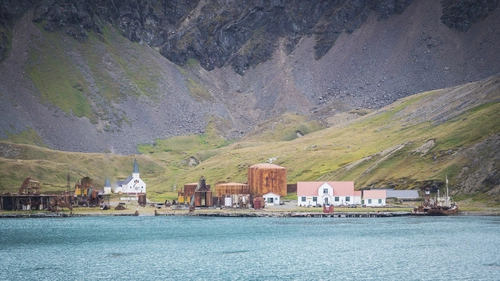Name: Chinstrap Penguin, Ringed Penguin, Bearded Penguin, Stonecracker Penguin (Pygoscelis antarctica)
Height: 65-75 cm (25-30 inches)
Weight: 3.5-5 kg (7.5-11 pounds)
Location: Antarctica and sub-Antarctic Islands
Conservation status: Least Concern
Diet: Fish, krill, shrimp, squid
Appearance: Black back, flippers, and cap on head. Black bill and a distinctive black stripe under the chin.
How do chinstrap penguins feed?
Chinstrap penguins forage up to 80 km (50 miles) offshore daily. Their waterproof feathers and thick blubber keep them insulated, and their blood vessels redirect heat to essential organs.
How deep can chinstrap penguins dive?
Chinstraps can dive up to 70 meters (230 feet), though most dives are much shallower, lasting less than a minute.
Are chinstrap penguins social?
Highly social, chinstrap penguins gather in large colonies during the breeding season. They communicate through flipper and head waving, bowing, preening, and gesturing. Disputes over nesting space can involve pointing, staring, and charging.

How fast do chinstrap penguins swim?
Chinstrap penguins swim at speeds up to 30 kph (18 mph). On land, they toboggan by sliding on their bellies.
What are chinstrap penguin mating rituals like?
Generally monogamous, chinstraps return to the same mate annually. Males arrive at the colony about five days before females and prepare nests using rocks and bones. Males attract mates by beating their chests with their flippers and raising their heads to screech, synchronizing the breeding season across the colony.
Females lay two eggs in early December, with both parents taking turns incubating in six-day shifts. Eggs hatch after about 37 days. Chicks stay with their parents for up to a month before joining a group called a crèche for warmth and protection. At about two months, chicks molt their down for waterproof feathers and head out to sea to learn hunting.
After the breeding season, adults stay on shore for two more weeks to molt and replace their worn feathers.
How long do chinstrap penguins live?
Chinstrap penguins live for about 20 years in the wild.
How many chinstrap penguins are there today?
In 2018, the IUCN estimated about 8 million mature chinstrap penguins worldwide, though the population is decreasing.
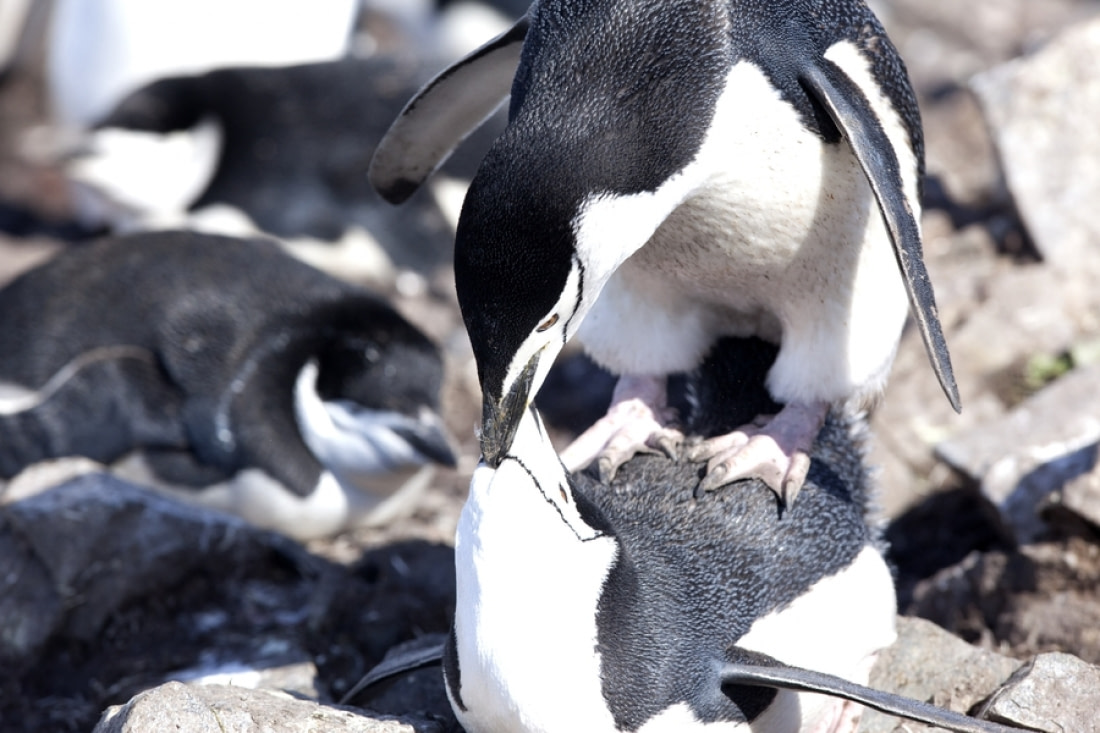
Do chinstrap penguins have any natural predators?
Leopard seals and orcas prey on adult chinstraps, while eggs and chicks are vulnerable to birds like skuas and giant petrels.
Six charming chinstrap penguin facts
- Chinstrap penguins are declining in the Antarctic Peninsula, likely due to climate change.
- They are called "stonebreaker penguins" because their screech is so piercing it is said to break stones.
- Outside the breeding season, they often gather on icebergs.
- The largest colony is on Zavodovski Island, South Sandwich Islands, with about two million chinstraps.
- They can lose half their weight during the breeding season due to prolonged fasting while caring for eggs and chicks.
- Pygoscelis means "rump-legged."






Related Trips


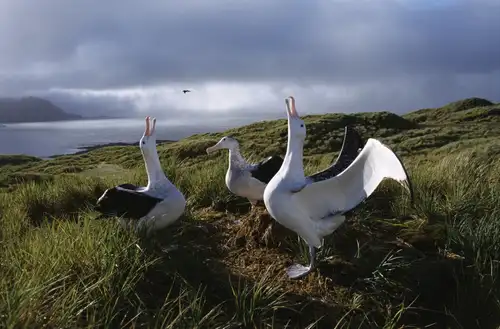
Albatross, penguin and krill research in Antarctica

Day and night in Antarctica

The Eight Great Penguin Species of Antarctica
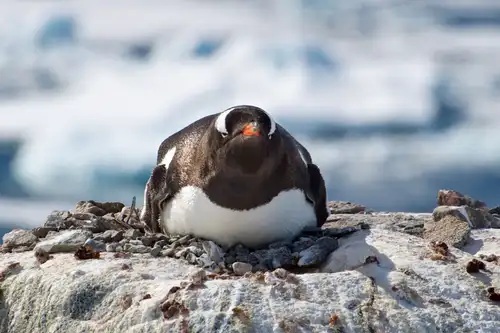
Life in a Penguin Colony




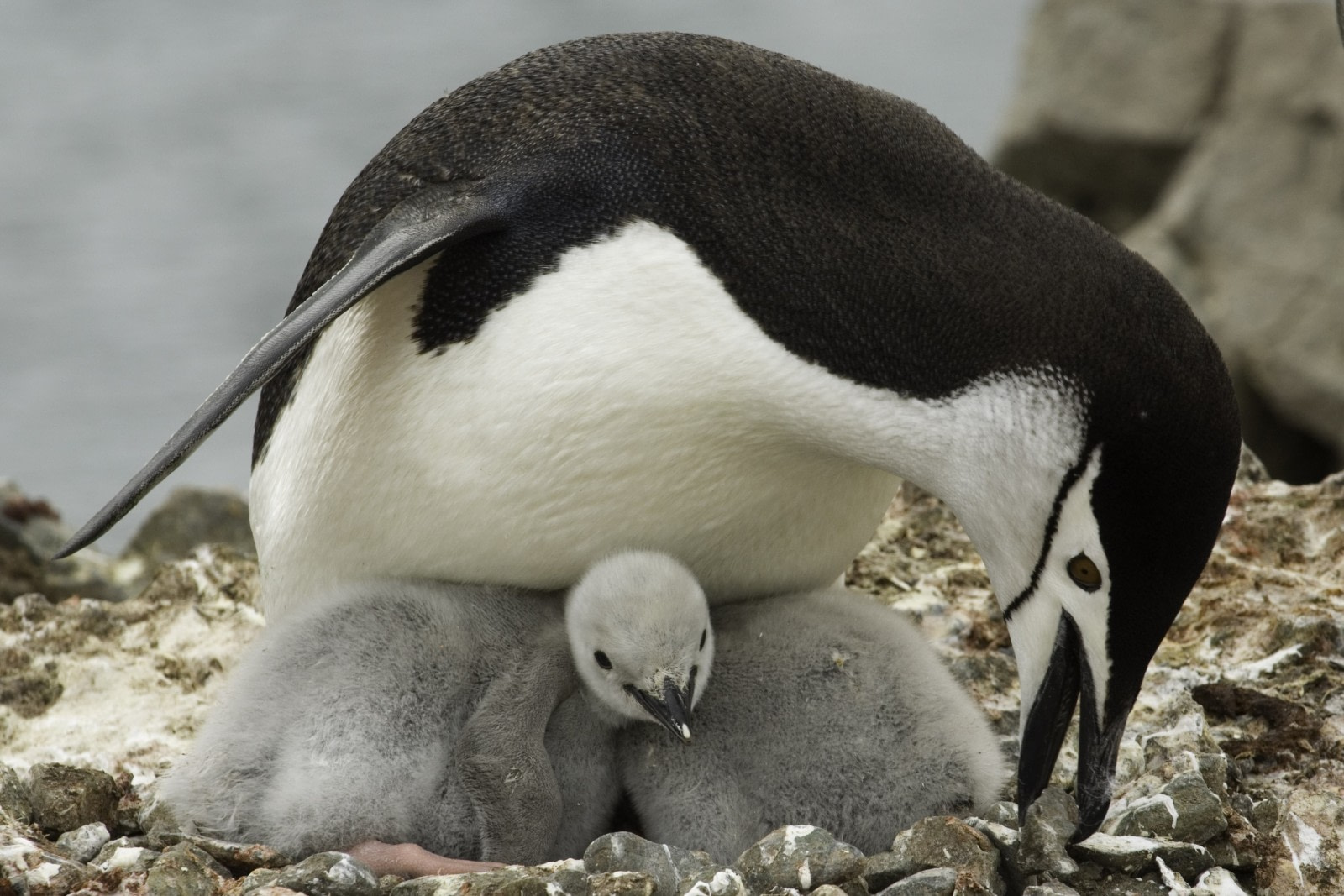

 23 Days / 22 Nights
23 Days / 22 Nights
